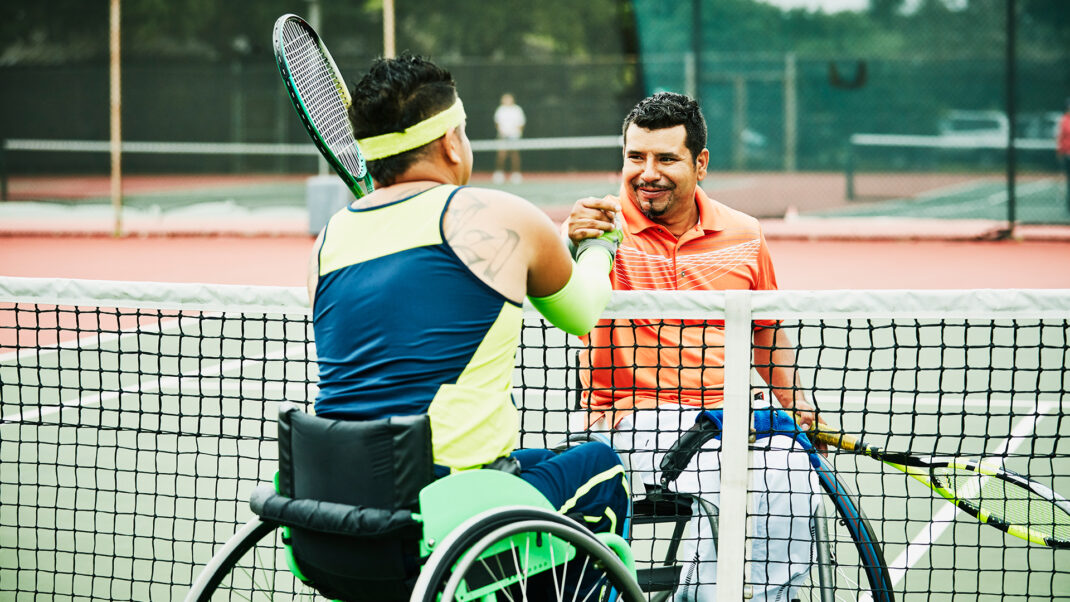Report Offers New Snapshot of Older Adults
The health and socioeconomic status of American adults aged 65 and older continues to evolve. If you’re interested in working with this growing population, then you may want to heed the trends surfacing in the report 65+ in the United States: 2005, released by the U.S. Census Bureau. Here are some of the more relevant findings:
- The U.S. population aged 65 and over is expected to double in size within the next 25 years. By 2030, almost 1 in 5 Americans—some 72 million people—will be 65 years or older. The age group 85 and older is now the fastest- growing segment of the U.S. population.
- The health of older Americans is improving. Still, many are disabled and suffer from chronic conditions. The proportion with a disability fell significantly from 26.2% in 1982 to 19.7% in 1999. But 14 million people 65 and older reported some level of disability in Census 2000, mostly linked to a high prevalence of chronic conditions, such as heart disease and arthritis.
- The proportion of people 65 and older in poverty decreased from 35% in 1959 to 10% in 2003, mostly owing to the support of Social Security.
- Higher levels of education, which are linked to better health, higher income, more wealth and a higher standard of living in retirement, will continue to increase among people 65 and older.
- As the United States as a whole grows more diverse, so does the population aged 65 and older. In 2003, older Americans were 83% non-Hispanic white, 8% black, 6% Hispanic and 3% Asian. By 2030, an estimated 72% of older Americans will be non-Hispanic white, 11% Hispanic, 10% black and 5% Asian.
Joy Keller
Joy Keller is the director of marketing communications & PR at IDEA, and has also served as executive editor of IDEA Fitness Journal, IDEA Fitness Manager, IDEA Pilates Today, and IDEA Fit Business Success. She is also a certified personal trainer, indoor cycling instructor and yoga teacher (RYT 200).






